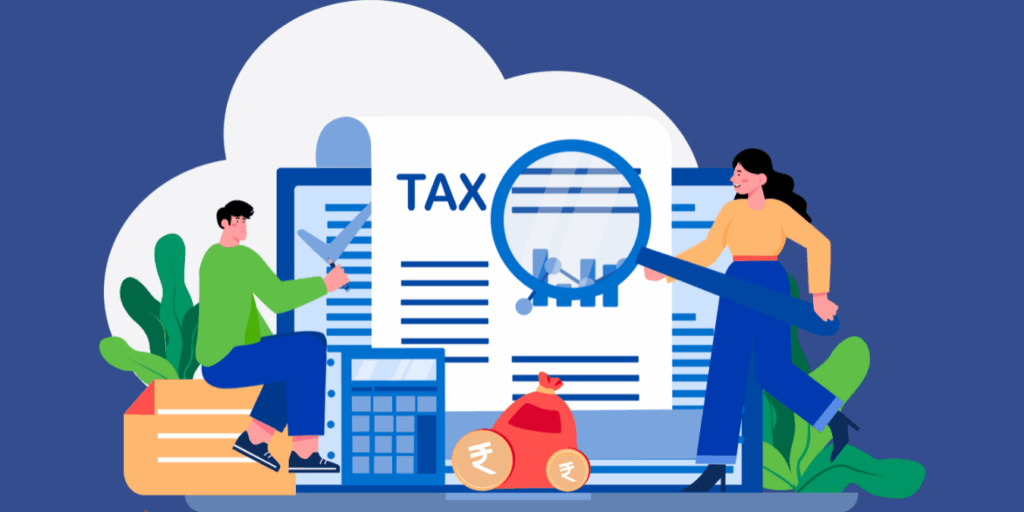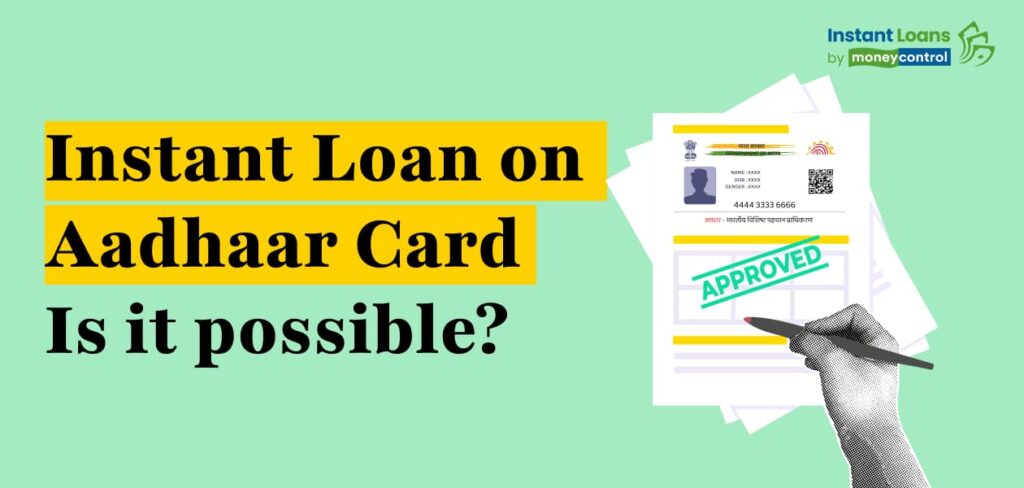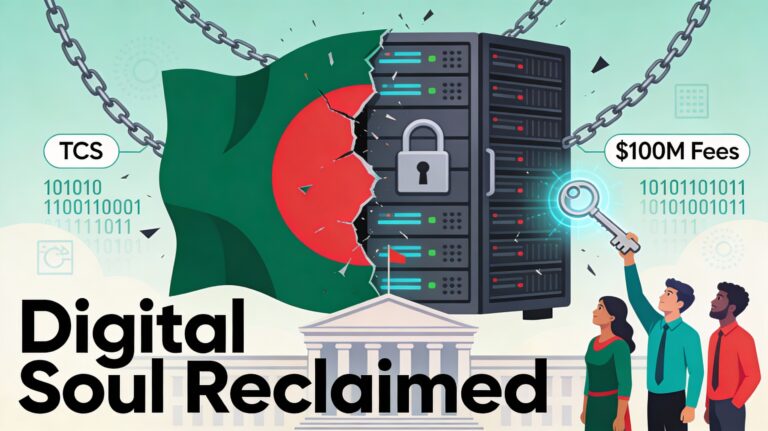
EPFO Alert 2025: 6 Mistakes That Could Force You to Return PF Money
EPFO’s 2025 alert could cost you your PF savings! Shocking new rules demand repayment with penalties if you withdraw funds for false reasons. Want to avoid a 3-year withdrawal ban? Discover the 6-step guide to compliant PF withdrawals, uncover 5 costly mistakes, and learn pro tips to safeguard your retirement corpus. With rising scrutiny and instant withdrawal options up to Rs. 1 lakh, act now to protect your hard-earned money from EPFO’s recovery trap. Don’t lose thousands—stay informed and withdraw wisely in 2025!
The Employees’ Provident Fund Organisation (EPFO) has issued a strict alert in 2025 warning subscribers against wrongful withdrawal of provident fund (PF) money. This crucial update means that if the reason given for withdrawal is found to be false or if the funds are not used for the declared purpose, members may have to return the entire amount along with interest and penalties. Understanding the updated EPF withdrawal rules is essential for every Indian salaried worker to protect their lifelong savings.
Protect Your EPF Savings by Knowing the Rules
In 2025, the Employees’ Provident Fund Organisation (EPFO) has intensified its efforts to protect the sanctity of provident fund (PF) accounts, issuing a stern warning against misuse of withdrawals. A recent social media post by EPFO emphasized that withdrawing PF funds for false reasons or diverting them for unapproved purposes could lead to recovery of the amount with interest and penalties. For over 70 million salaried Indian workers relying on PF as a retirement safety net, understanding the updated 2025 withdrawal rules is critical to avoid financial setbacks.
Understanding EPFO Withdrawal Rules 2025: When and Why You Can Withdraw
The Employees’ Provident Fund (EPF) Scheme 1952 governs the conditions under which subscribers can access their PF savings. As a mandatory savings scheme for salaried employees in India, both employees and employers contribute 12% of the basic salary and dearness allowance to the PF account monthly, accumulating interest over time. Withdrawals are tightly regulated to ensure funds remain secure for retirement or specific life events. Below are the key scenarios for withdrawals in 2025:
- Full Withdrawal: Allowed only upon retirement at age 58 or after two consecutive months of unemployment.
- Partial Withdrawal: Permitted for specific purposes with proper documentation, including:
- Marriage (self, sibling, or children)
- Post-matriculation education for children
- Serious medical emergencies or treatment
- Purchase, construction, or improvement of a residential property
- Pre-retirement withdrawal (up to 90% of the corpus) after age 54 or one year before superannuation
Using PF funds for reasons outside these categories or without valid proof can trigger strict action from EPFO, including recovery of the withdrawn amount, interest, and penalties. The organization’s recent alert underscores that misuse may also result in a three-year ban on future withdrawals, impacting your financial flexibility.
How EPFO Detects and Acts on Wrongful PF Withdrawals
EPFO’s Monitoring and Recovery Powers
EPFO employs robust mechanisms to monitor withdrawals and ensure compliance with the EPF Scheme 1952. Under Section 68B(11), if a member is found to have misrepresented the withdrawal reason or misused funds, EPFO can:
- If a member is found misusing PF withdrawal or giving false reasons, EPFO can recover the withdrawn amount with interest and penal charges.
- No new advances or withdrawals are allowed until full repayment.
- The member may be barred from PF advances for 3 years.
For instance, withdrawing funds for a house purchase but using them for personal expenses can lead to recovery proceedings. EPFO’s vigilance ensures that PF remains a retirement-focused savings tool, not a casual credit source. Misuse can jeopardize not only your current corpus but also future benefits like pension payouts.
Online Claims Verification Process
The shift to digital processes has enhanced EPFO’s ability to scrutinize claims. The Unified Account Number (UAN) portal, integrated with Aadhaar and bank details, streamlines verification. Key checks include:
- Aadhaar-linked KYC: Ensures identity verification via OTP for secure claim processing.
- Bank Account Validation: Matches the registered bank account and IFSC code to prevent fraudulent transfers.
- Documentation Consistency: Cross-verifies submitted documents (e.g., marriage invitations, medical bills, or property deeds) with the declared withdrawal purpose.
Any discrepancies, such as incomplete KYC or mismatched documents, can lead to claim rejection or further investigation. In 2025, EPFO’s auto-settlement limit for claims has increased to Rs. 5 lakh, reducing manual intervention for smaller withdrawals but maintaining strict oversight for larger amounts.
Common Mistakes to Avoid When Withdrawing PF Money
To protect your PF savings and avoid penalties, steer clear of these frequent errors:
- Misrepresenting the Withdrawal Reason: Claiming a medical emergency or housing need without genuine intent or proof is a common violation.
- Diverting Funds for Other Purposes: Using funds withdrawn for education or marriage for unrelated expenses, such as investments or luxury purchases, can trigger recovery.
- Neglecting Documentation: Failing to submit required proofs, like medical bills, property agreements, or educational admission letters, leads to claim rejection.
- Ignoring EPFO’s Recovery Powers: Assuming withdrawn funds are free from accountability is a risky misconception.
- Incomplete KYC: Not linking Aadhaar, PAN, or bank details with the UAN delays processing and invites scrutiny.
- Frequent Withdrawals: Multiple claims in quick succession without valid reasons may flag your account for review.
By avoiding these pitfalls, you can ensure a smooth withdrawal process and safeguard your PF corpus.
How to Withdraw PF Money Correctly: Step-by-Step Guide
Follow these steps to ensure your PF withdrawal complies with EPFO’s 2025 rules:
Step 1: Check Eligibility
Confirm that your withdrawal reason aligns with EPFO guidelines (e.g., marriage, housing, or medical needs). Verify your employment status or service duration:
- Full withdrawal requires 58 years of age or two months of unemployment.
- Partial withdrawals for specific purposes may require 3–7 years of EPF membership, depending on the reason (e.g., 5 years for housing, 7 years for marriage).
Step 2: Complete KYC and UAN Linking
Log in to the EPFO UAN Member Portal and ensure:
- Aadhaar is linked and verified via OTP.
- PAN and bank account details (with IFSC code) are updated.
- Mobile number is active for receiving OTPs during claim processing.
Step 3: Prepare Documentation
Gather relevant proofs based on the withdrawal purpose:
- Marriage: Invitation card or certificate.
- Education: Admission letter or fee receipt for post-matriculation studies.
- Medical Emergency: Hospital bills or doctor’s certificate.
- Housing: Sale deed, construction agreement, or property registration documents.
Step 4: Apply Online via UAN Member Portal
- Log in to the EPFO portal using your UAN and password.
- Navigate to “Online Services” and select “Claim (Form-31, 19 & 10C).”
- Choose the appropriate form:
- Form 19: For final settlement (full withdrawal).
- Form 31: For partial withdrawal or advance.
- Form 10C: For pension withdrawal benefits.
- Enter the last four digits of your bank account, select the withdrawal type, and upload scanned documents.
Step 5: Use Funds Only for Declared Purpose
Ensure the withdrawn amount is used strictly for the stated reason. Maintain records (e.g., receipts, contracts) as proof of usage in case of future audits.
Step 6: Track Your PF Account
Monitor your claim status via the “Track Claim Status” option on the UAN portal. Use the UMANG app or UPI-linked services to check PF balance and transaction updates in real time.
Pro Tips: Maximize Benefits and Avoid EPFO Penalties
To make the most of your PF savings while staying compliant, follow these expert tips:
- Withdraw Only What You Need: Preserve your retirement corpus by limiting withdrawals to urgent requirements.
- Keep KYC Updated: Regularly verify and update Aadhaar, PAN, bank details, and mobile number on the UAN portal.
- Retain Documentation: Store copies of all withdrawal-related documents for at least three years to address potential EPFO queries.
- Avoid Frequent Claims: Space out withdrawals to minimize scrutiny and maintain a healthy PF balance.
- Stay Informed: Follow EPFO’s official website (www.epfindia.gov.in) and social media (@epfoofficial on X) for rule updates.
- Use Digital Tools: Leverage the UMANG app or UPI integration for quick balance checks and claim tracking.
- Consult HR: If unsure about eligibility or documentation, seek guidance from your employer’s HR department.
Recent Changes and 2025 Updates to EPFO Withdrawal Rules
EPFO has introduced several reforms in 2025 to enhance accessibility while tightening misuse controls:
- Instant Withdrawals: Members can now withdraw up to Rs. 1 lakh instantly via the UAN portal or UPI for emergencies, with auto-settlement limits raised to Rs. 5 lakh.
- UPI and ATM Integration: Expected by mid-2025, PF withdrawal cards will allow instant access to funds up to 50% of the balance or Rs. 1 lakh via ATMs and UPI apps like Google Pay or PhonePe.
- Proposed Flexible Withdrawals: Discussions are underway to allow full or partial withdrawals every 10 years, regardless of purpose, to provide greater financial flexibility.
- Tax Implications: Withdrawals before five years of service attract TDS (10% with PAN, 34.6% without PAN) if the amount exceeds Rs. 50,000. No TDS applies for specific exemptions like medical emergencies or company lockouts.
- Digital Enhancements: Online profile updates (name, gender, date of birth) are now easier with Aadhaar-linked KYC, reducing employer dependency.
These changes aim to make PF access faster and more digital while ensuring accountability. However, the increased scrutiny on misuse underscores the need for compliance.
Key Takeaways on EPFO 2025 Withdrawal Alert
- EPFO warns against withdrawing PF funds for false or unapproved reasons.
- Misuse can lead to recovery of the withdrawn amount with interest and penalties.
- Penalties include a three-year ban on new advances and no approvals until repayment.
- Valid withdrawal reasons include marriage, education, medical emergencies, and housing.
- Proper documentation (e.g., bills, certificates) is mandatory for all claims.
- Complete KYC with Aadhaar, PAN, and bank details to avoid claim rejections.
- Use the UAN portal for online claims and track status to stay compliant.
Final Thought: Protect Your PF Corpus with Smart Withdrawal Practices
The EPFO’s 2025 alert serves as a critical reminder that your provident fund is a lifelong financial safety net, not a quick-fix loan. Misusing PF funds or withdrawing without valid reasons can lead to severe consequences, including financial penalties and restricted access to future advances. By adhering to the EPF Scheme 1952, maintaining accurate KYC, and using funds only for approved purposes, you can protect your retirement savings and avoid recovery actions. Take control of your PF account today—log in to the UAN portal, ensure KYC compliance, and plan withdrawals carefully with proper documentation.
Call to Action: Visit the EPFO website (www.epfindia.gov.in) or download the UMANG app to check your PF balance, update KYC, and review the latest withdrawal guidelines. Act now to secure your financial future and avoid costly penalties
































